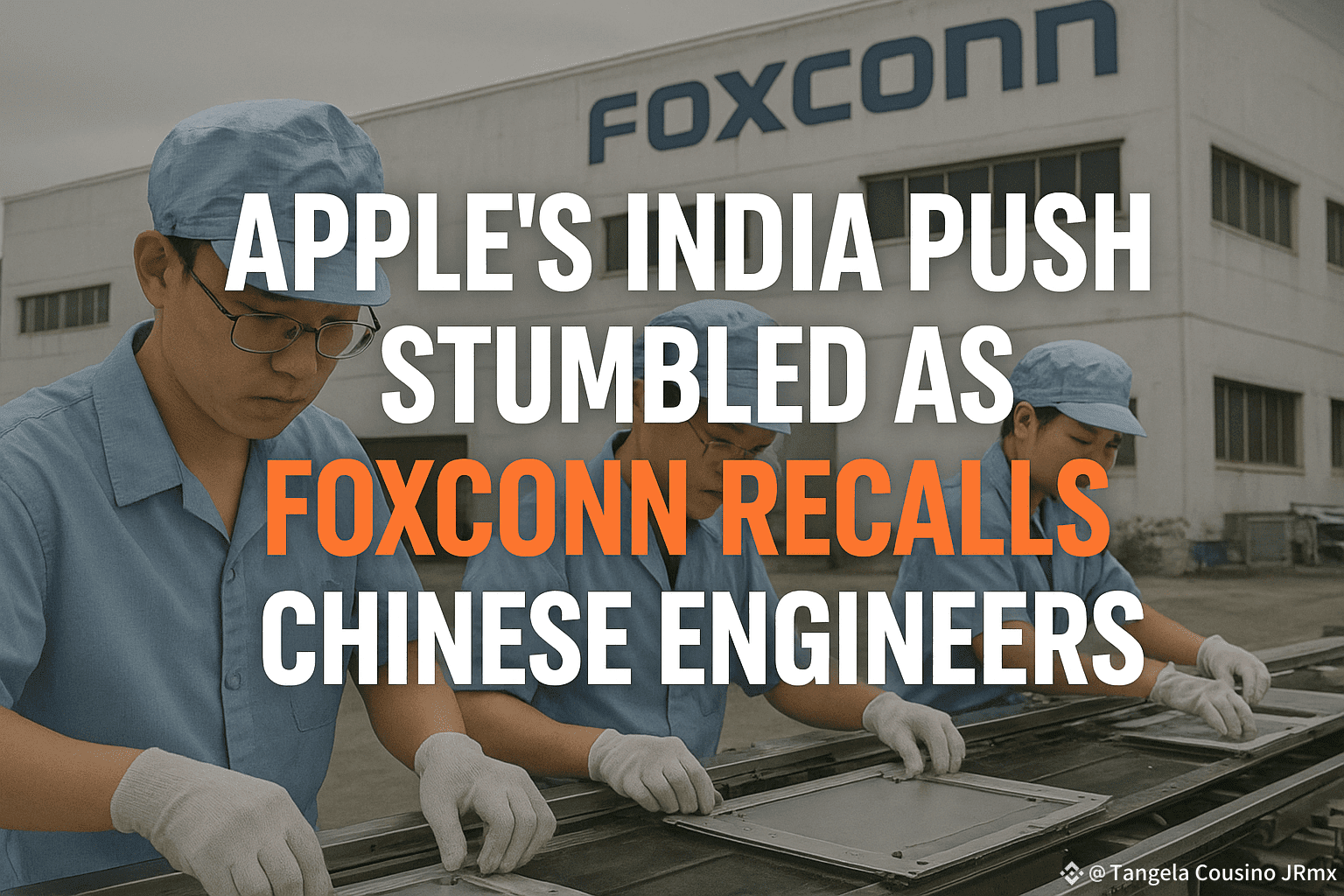Apple’s big push into India has hit a serious roadblock. Foxconn, the company that assembles most of Apple’s iPhones, has suddenly pulled back around 300 Chinese engineers from its plant in southern Tamil Nadu.
That site is run by Yuzhan Technology, one of Foxconn’s component divisions, and the recall isn’t random — it’s the second in just a few months. Neither Apple nor Foxconn explained why, but insiders say Taiwanese engineers are being flown in quickly to replace the departing staff.
These weren’t ordinary workers. The Chinese team was handling highly specialized tasks, like building metal casings and display modules for older iPhone models. Their sudden exit puts Apple’s efforts to localize production in India under pressure.
The Yuzhan facility only started operations recently and hasn’t even begun working on the new iPhone 17 line, which Apple is heavily betting on. Instead of ramping up, the plant is already short on expertise.
Reports had already surfaced that Foxconn was scaling back its use of Chinese engineers in India, and this new recall strengthens that narrative. People familiar with the matter suggest Beijing may be quietly discouraging talent and technology from flowing out of China, in order to maintain its dominance in manufacturing.
Whether or not Beijing directly ordered the pullout remains unclear, but the impact is obvious: without these skilled engineers, Foxconn’s production slows.
For now, Apple is leaning on Indian suppliers like Tata Group and importing more parts from abroad. Tata is making progress as India’s first homegrown iPhone assembler, but matching China’s decades of experience will take time.
Apple had intentionally avoided relying on Chinese suppliers for its India expansion, yet that decision is now being stress-tested. The quality and speed of production may face setbacks in the short run.
On the geopolitical side, India and China continue talks. Beijing has floated offers to supply certain resources and equipment, but little has materialized. Until relations improve, Apple’s supply chain shift looks more complicated than
